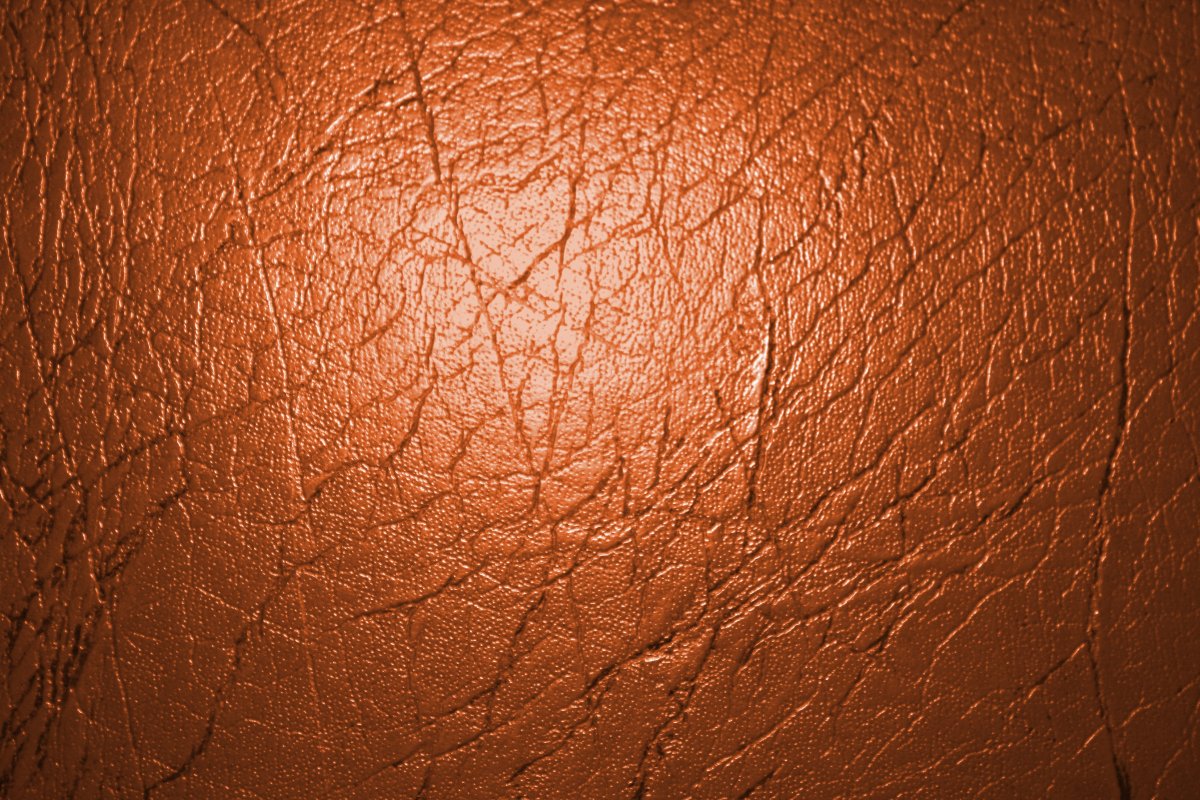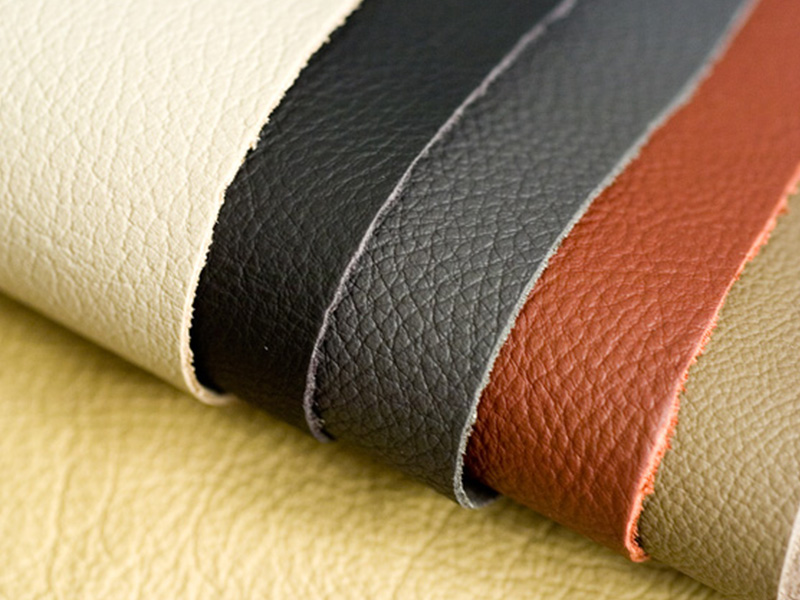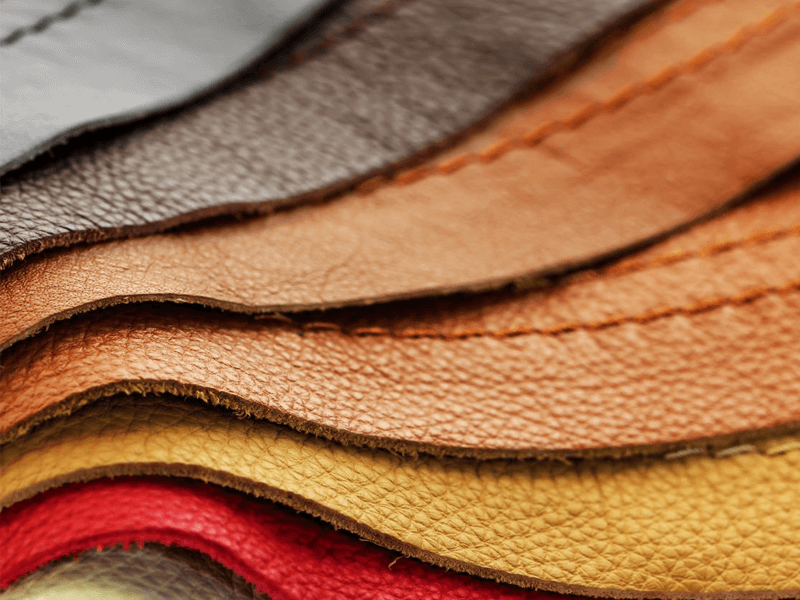Bovine crust leather is widely recognized as one of the highest quality leathers available in the market. Derived from the hides of cows, it is sought after by luxury brands and discerning customers for its durability, versatility, and unique aesthetic appeal. In this article, we explore the characteristics that make bovine crust leather stand out from the crowd, as well as its advantages and disadvantages in various applications.
The Highest Quality of Bovine Crust Leather
Bovine crust leather is renowned for its exceptional durability, making it an ideal material for a wide range of products. Whether it’s for furniture, automotive upholstery, accessories, or footwear, bovine crust leather offers unparalleled strength and resistance to wear and tear. This durability also ensures that products made from this type of leather can withstand the test of time, providing long-lasting value to customers.

Moreover, bovine crust leather is known for its versatility. It can be sourced from various cow breeds, each with its own distinct characteristics and grain patterns. This variety in hides allows manufacturers to create a wide range of leather types, from full-grain to corrected-grain and everything in between. The natural beauty of the leather is preserved through the tanning process, resulting in a finished product with a rich and luxurious appearance.
Advantages of Bovine Crust Leather
One of the primary advantages of bovine crust leather lies in its durability. Due to its dense and tight fiber structure, it is highly resistant to abrasion, making it suitable for high-traffic areas and heavy-duty applications. This characteristic also allows bovine crust leather to age gracefully, developing a desirable patina over time that enhances its visual appeal.

Additionally, bovine crust leather offers excellent color absorption properties, making it ideal for dyeing and finishing processes. This allows manufacturers to achieve a wide range of vibrant and rich colors, ensuring that the leather can be tailored to a variety of aesthetic preferences. The ability to customize the appearance of bovine crust leather further enhances its appeal to designers and consumers alike.
Another advantage of bovine crust leather is its breathability. Unlike synthetic materials, bovine crust leather allows air to pass through, preventing unpleasant odors and moisture buildup. This characteristic makes it particularly suitable for footwear applications, as it helps maintain a comfortable and healthy environment for the feet.
Disadvantages of Bovine Crust Leather

While bovine crust leather has numerous advantages, it also comes with a few disadvantages. The primary downside is its cost. Bovine crust leather is typically more expensive than other types of leather due to its high quality and durability. This makes it less accessible to a broader range of consumers, as it is often associated with luxury brands and higher price points.
Another potential drawback of bovine crust leather lies in its maintenance requirements. While the leather’s durability is a boon, it also means that it needs proper care to ensure its longevity. Regular cleaning, conditioning, and protection from excessive humidity or sunlight are necessary to keep bovine crust leather in optimal condition. Failure to adequately maintain the leather can lead to discoloration, cracking, and a reduction in its overall lifespan.
Conclusion

Bovine crust leather stands as a testament to the exceptional quality and craftsmanship that is possible with leather production. Its durability, versatility, and aesthetic appeal make it a sought-after material for a wide range of applications. While it may come with a higher price tag and require proper care, the advantages of bovine crust leather far outweigh the disadvantages for those seeking long-lasting, luxurious products. With its unique combination of strength, style, and breathability, it’s no wonder that bovine crust leather is the epitome of quality in the leather industry.



